This last Friday while inspecting my tree I noticed a few tiny round green blobs near the roots of the Dendrobium speciosum v. capricornicum 'Black Mountain Gold' that I had picked up from my friend in Santa Barbara back in 09. Upon closer inspection I realized that the green blobs were actually orchid protocorms. It was super surreal seeing them "magically" attached to the completely dry bark on the sunny side of the tree.
Here's one photo...
{{gwi:195981}}
Symbiotic Orchid Germination 1a 008 by epiphyte78, on Flickr
Here's the set...Symbiotic Orchid Germination...where I uploaded several other context photos. To make it easier to see the details I only marginally reduced the quality/size of the photos. After you click on a photo...you can see the full size pictures by right clicking on the photos in flickr and selecting the size you wish to see.
Earlier in the year I had sown some orchid seeds onto my Cedar Tree...so the seedlings are probably not volunteers.
Looking around the speciosum some more I counted around a couple dozen protocorms in close proximity to the roots of the speciosum. Some were just barely visible to the eye while the largest were the size of a BB and just starting to develop their first leaf.
Wondering if there were other protocorms on the tree...this last weekend I climbed up the tree and managed to find a few more protocorms. One protocorm was growing close to an Epidendrum parkinsonianum that I purchased from a lady in Ojai. Another one was growing next to a Dockrillia teretifolium that I had purchased from the SBOE. There were also around half a dozen growing near a Vanda tricolor v suavis that I purchased from a fellow in Ventura. I purchased all three orchids back in 08.
Unfortunately, I have no idea what orchid(s) the seedlings are. Lately I've been adding plants/seeds to the tree in batches/bundles. If I remember correctly I think I gathered up a bunch of spore laden fern fronds and lightly blended them up in water. I poured the mix into a large plastic juice bottle and scraped in orchid seeds from 3 or 4 different pods around the garden. Then I probably added a few Tillandsia seeds and poured the mix at various heights onto my tree...shaking the bottle vigorously between pours.
I'm pretty sure that one of the seed pods was from my Cattleya loddigesii. But what I do know for certain is that none of the seeds were from the same species as the four orchids that supplied the necessary fungus. This seems to provide a little evidence regarding how selective/general orchids are in terms of their symbiotic relationships.
Just recently, on one of the other forums I'm on, somebody shared this interesting study on how terrestrial plants will switch fungal partners if they feel that their partner is not sufficiently contributing to the relationship. In other words..."mooching". Does the same "fungus free-market" occur with orchids and fungus living on a tree in nature?
For more information on symbiotic fungus I turned to the wikipedia article on Mycorrhiza...
"This mutualistic association provides the fungus with relatively constant and direct access to carbohydrates, such as glucose and sucrose supplied by the plant. The carbohydrates are translocated from their source (usually leaves) to root tissue and on to fungal partners. In return, the plant gains the benefits of the mycelium's higher absorptive capacity for water and mineral nutrients (due to comparatively large surface area of mycelium:root ratio), thus improving the plant's mineral absorption capabilities."
On another forum a member mentioned that the majority of epiphytic orchids associate with saprobic fungi rather than mycorrhizae. Not sure if that changes the relationship dynamic between the orchid and its fungal partner.
We do know that orchids raised from flask can grow without a fungal partner...but would it be worth it to try and find these lonely orchids a fungal partner? Given that orchid seeds are completely dependent on fungus to germinate in nature lends credence to the value of the relationship.
It's interesting that on my tree the orchid seeds germinated in such close proximity to the roots. As far as I can tell...none of the seedlings germinated further than 1/2" away from an orchid root...but only two seedlings germinated directly on a root. I know I didn't pour the orchid seeds exactly around those orchids so the seeds should have ended up in other areas as well. It seems that even though the four orchids have been on the tree for at least a couple years...the fungus hasn't managed to stray very far from their orchid roots.
On another forum I theorized that the fungus uses the orchid roots as a vehicle for colonizing the tree. The more a fungus colonizes a tree the more spore it can produce...which greatly increases the chances that spore will land on adjacent trees. Which in turn increases the chances that seeds from that orchid will germinate on adjacent trees.
One thing about my Cedar tree though is that the bark is very hard. Some of the native oaks near the coast which are loaded with non-vascular epiphytes have very spongy soft bark. It seems reasonable that soft, absorbent bark would make it easier for orchid fungus to colonize a tree without having to rely completely on orchid roots.
In terms of watering...for the past couple months I've tried to turn the drip system on every night for around 20-30 minutes. Most of the orchids on the tree don't need to be watered every day and would be fine with being watered 2-3x a week...but they don't mind being watered nightly during summer. I've been watering more frequently than really necessary to help a few moisture lovers (ie epiphytic impatiens, blueberries, rhododendrons, etc.) get a chance to establish.
I'm certainly not the first person to try sowing orchid seeds on trees...but it's surprising that I've only heard two separate instances of people in Hawaii successfully trying this method of propagation. I've never heard of anybody in Florida or the tropics attempting to do this.
Of course, back in the day before asymbiotic germination techniques, people would sprinkle orchid seeds in the pot where the mother orchid was growing. In those days though most of the orchids were wild collected and definitely had the necessary fungus in their roots. These days I wonder what percentage of the orchids in a typical collection have fungus in their roots.
In conclusion...grow orchids on trees and Boycott the AOS!




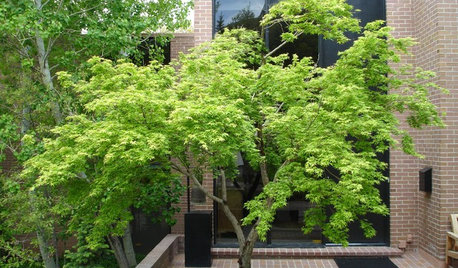
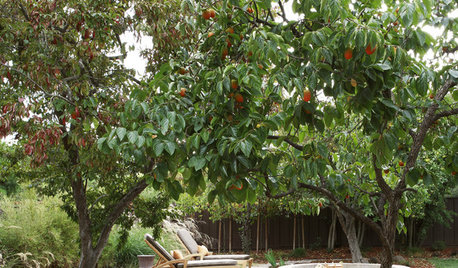
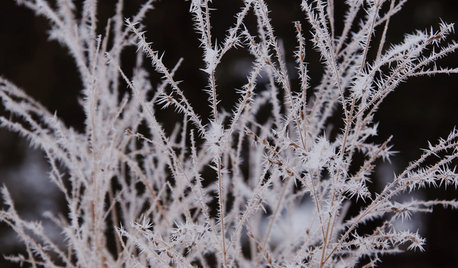
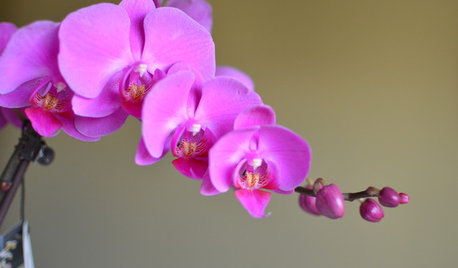
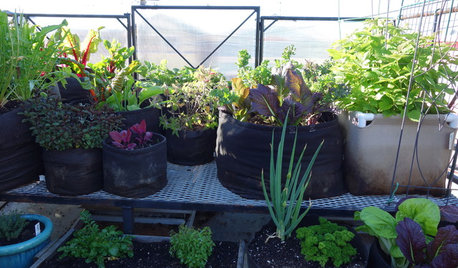









richardol
jank
Related Professionals
Washington Landscape Architects & Landscape Designers · Middletown Landscape Contractors · Goodlettsville Landscape Contractors · Haverhill Landscape Contractors · Hoover Landscape Contractors · Lemont Landscape Contractors · Middletown Landscape Contractors · Placerville Landscape Contractors · Roseville Landscape Contractors · Soddy Daisy Landscape Contractors · Artesia General Contractors · Banning General Contractors · Duncanville General Contractors · Plano General Contractors · Uniondale General Contractorsterrysealey
lisa_z5wmi
orchidnick
epiphyte78Original Author
garyfla_gw
epiphyte78Original Author
arthurm
epiphyte78Original Author
arthurm
epiphyte78Original Author